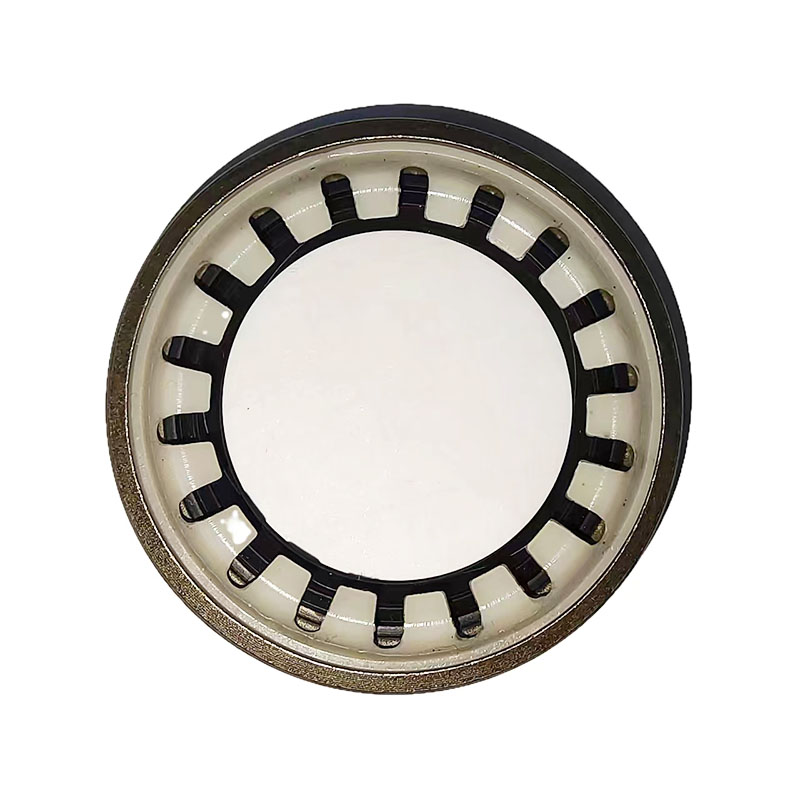Replacement Oil Seal for 25mm x 38mm x 7mm Applications in Various Machinery and Equipment
Understanding Oil Seals A Focus on Oil Seal 25 38 7
Oil seals, often referred to as shaft seals, play a critical role in maintaining the integrity and efficiency of machinery by preventing the leakage of lubricants and the ingress of contaminants. Among the various types of oil seals available in the market, the oil seal designated as 25 38 7 represents a specific size and specification that is crucial for many applications. In this article, we will explore the features, applications, material options, and installation processes associated with oil seal 25 38 7.
Specifications and Features
The number 25 38 7 indicates the dimensions of the oil seal. Specifically, it has an inner diameter of 25 mm, an outer diameter of 38 mm, and a width of 7 mm. These measurements make it suitable for a variety of applications where standard-sized seals may not fit properly.
One of the primary features of the oil seal is its ability to withstand various pressures and temperatures, thereby ensuring lasting performance. The design typically includes a lip that provides a secure contact against the shaft, preventing leaks while accommodating some degree of shaft movement or misalignment.
Material Options
Oil seals are commonly manufactured from elastomeric materials. Depending on the application, various materials such as nitrile rubber (NBR), fluorocarbon (FKM), and silicone can be used.
- Nitrile Rubber (NBR) This is the most common material for oil seals due to its excellent resistance to petroleum-based oils and fuels. It performs well in a temperature range of -30°C to 100°C (-22°F to 212°F), making it ideal for many automotive and industrial applications.
- Fluorocarbon (FKM) Known for its superior resistance to heat, chemicals, and oils, FKM is often used in more demanding environments where high temperatures and aggressive fluids are common.
- Silicone While silicone has good temperature resistance, it typically offers less durability against oil compared to NBR and FKM, making it suitable for specific applications where flexibility and high-temperature performance are prioritized.
Applications
oil seal 25 38 7

Oil seal 25 38 7 is versatile and finds its use in a variety of industries, including
- Automotive In vehicles, you can find this oil seal in engines, transmissions, and differential assemblies, helping to keep lubricants contained and ensuring that dirt and debris do not infiltrate sensitive components.
- Industrial Machinery Oil seals are pivotal in various industrial machinery, where they prevent lubricant leakage, which, if allowed, could lead to reduced efficiency and potential machinery failure.
- Home Appliances These seals can also be found in household devices such as washing machines and motors, helping to ensure smooth operation and longevity.
Installation
Proper installation of oil seals like the 25 38 7 is critical for optimal performance. Here are some tips for a successful installation
1. Preparation Ensure that the shaft and housing where the seal will be installed are clean and free of debris. This helps prevent damage to the seal during installation.
2. Lubrication Applying a thin layer of suitable lubricant to the seal’s lip can help it slide into place without tearing.
3. Alignment Ensure that the oil seal is installed straight and that it doesn’t experience any misalignment. This promotes even wear and enhances the lifespan of the seal.
4. Seating Use a seal installation tool or a soft hammer to gently tap the seal into place without damaging its structure.
In conclusion, the oil seal 25 38 7 is a standard yet vital component across a range of applications, from automotive to industrial uses. Choosing the right material and ensuring proper installation are key factors that contribute to the performance and longevity of an oil seal, ultimately enhancing the reliability of the machinery it protects.
-
Simplifying Oil Changes: A Comprehensive Guide to Oil Drain Plugs and Their Variants
News Aug.04,2025
-
Mastering Oil Drain Maintenance: Solutions for Stripped, Worn, and Upgraded Oil Plugs
News Aug.04,2025
-
Fixing Oil Pan Plug Issues: Leaks, Stripped Nuts, and the Right Replacement Solutions
News Aug.04,2025
-
Everything You Need to Know About Oil Drain Plugs: Sizes, Fixes, and Upgrades
News Aug.04,2025
-
Choosing the Right Oil Drain Plug: A Guide to Sizes, Materials, and Drain Innovations
News Aug.04,2025
-
A Complete Guide to Automotive Drain Plugs: Types, Problems, and Innovative Solutions
News Aug.04,2025
-
The Ultimate Guide to Car Repair Kits: Tools and Essentials Every Driver Should Own
News Aug.01,2025
Products categories















